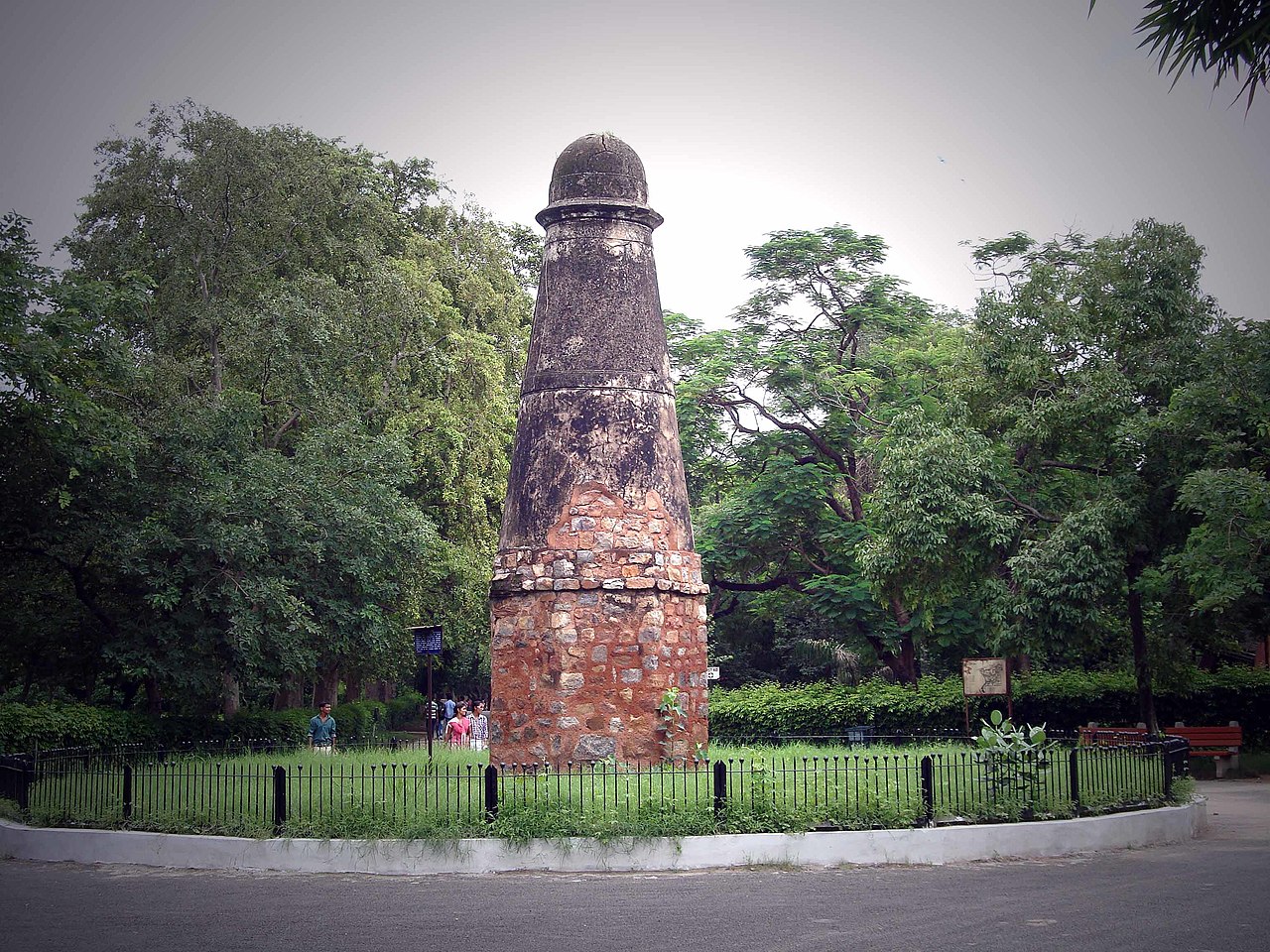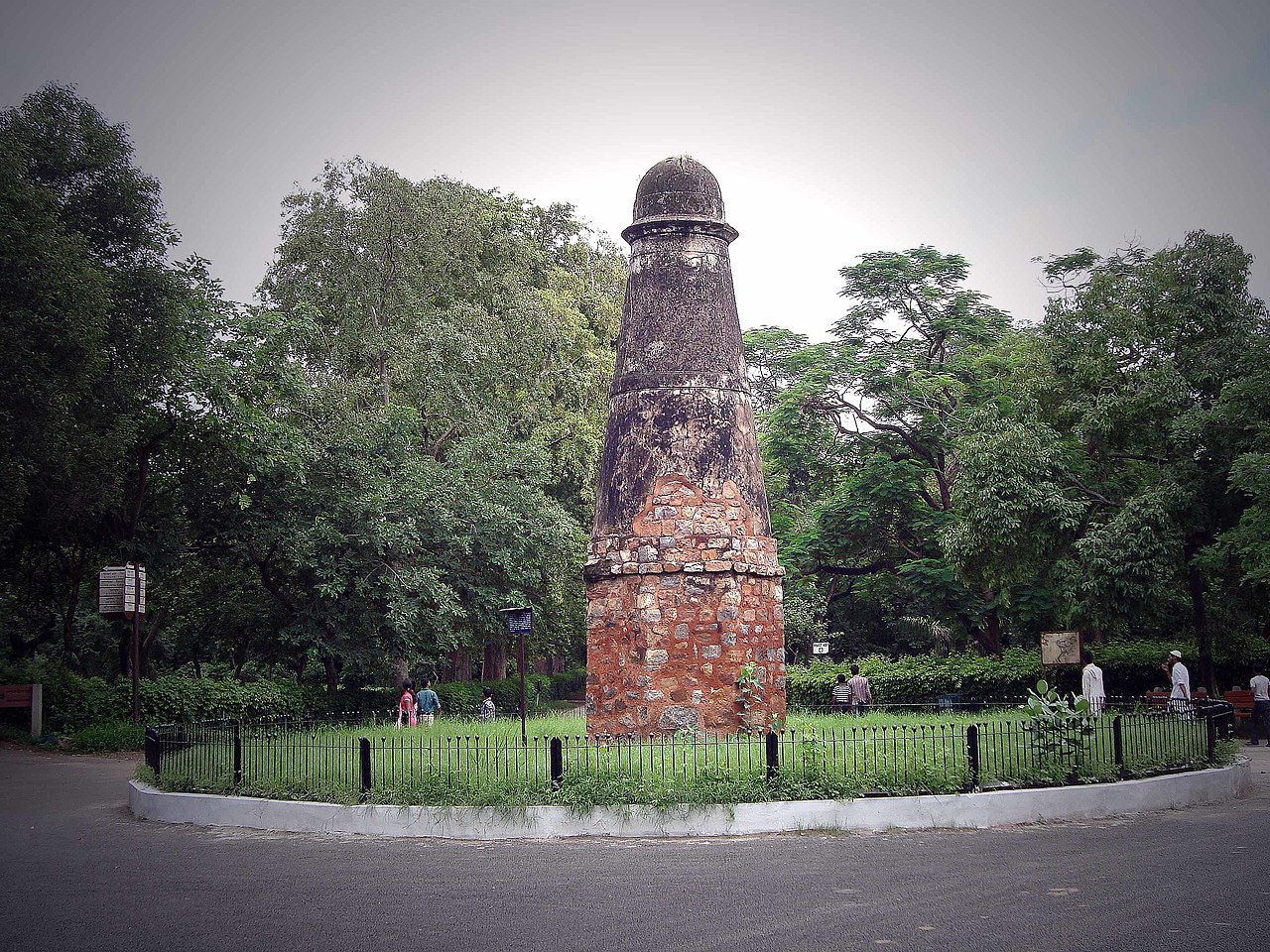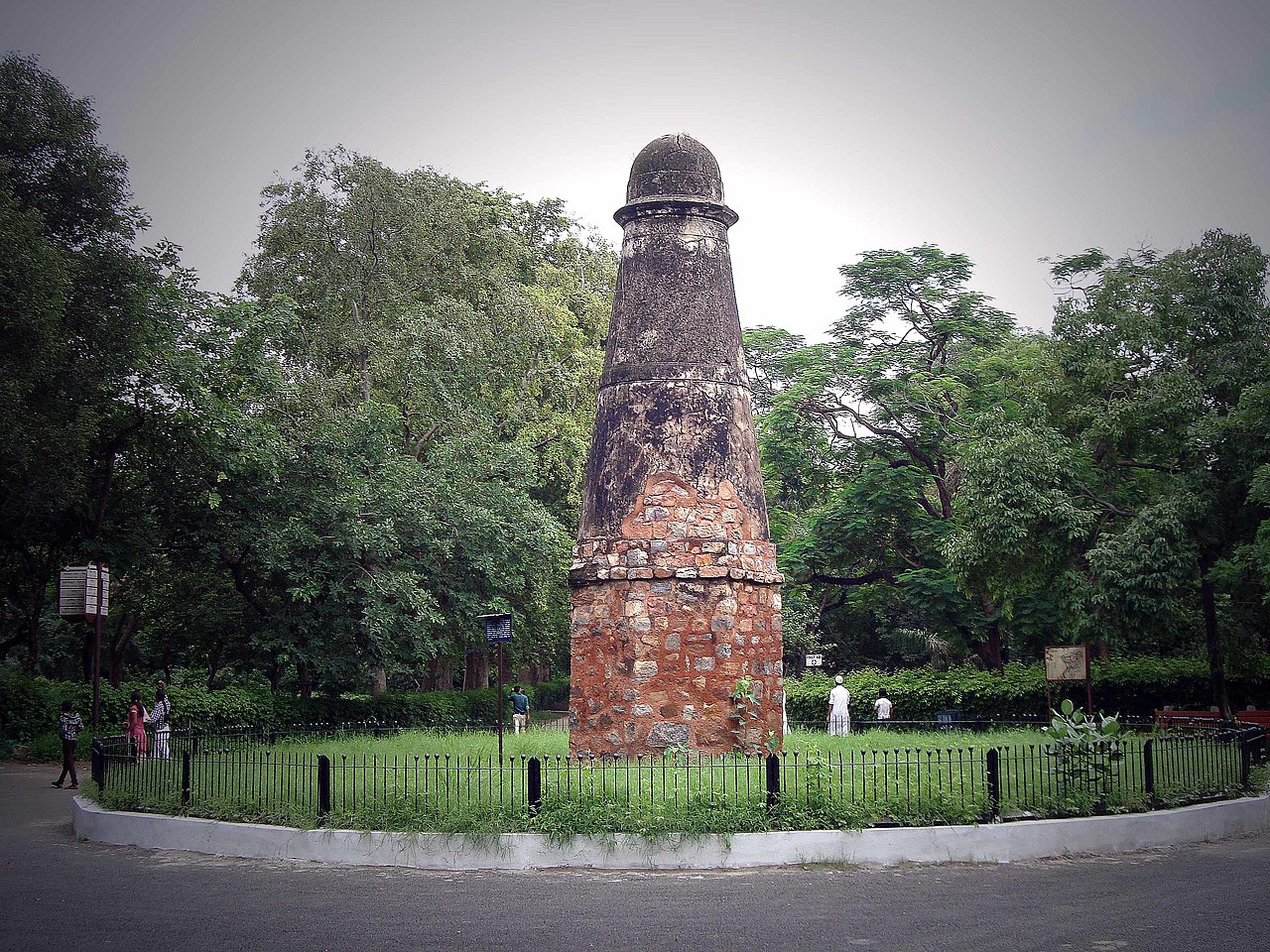_in_Delhi_Zoo,_india.jpg)



Kos Minars in Delhi are indeed historic pillar-like structures built by the Mughals, specifically under Emperor Akbar and later expanded by Emperor Jahangir and others, to mark distances along major routes in the empire. Each Kos Minar was placed approximately one kos (around 3 kilometers) apart, essentially acting as a milestone or wayfinding marker for travelers and imperial couriers on routes like the Grand Trunk Road. Constructed as tall, solid pillars, typically about 30 feet high, Kos Minars were made of brick and lime plaster, with a cylindrical shape that tapered at the top. These structures served a dual purpose: aiding in the empire’s communications network and providing guidance for travelers, traders, and officials across the extensive Mughal roadways. In Delhi, Kos Minars can still be seen in South Delhi near areas like Jasola Vihar and Badarpur. These remaining markers stand as relics of the old imperial routes, highlighting the Mughals’ efforts to maintain a connected empire and support efficient movement. Despite centuries of urbanization, the surviving Kos Minars are preserved by the Archaeological Survey of India (ASI) and serve as an enduring reminder of India’s rich Mughal heritage and the early development of road infrastructure in the subcontinent.